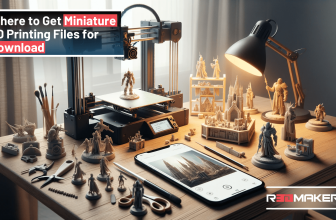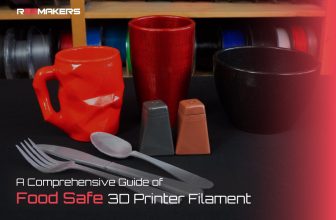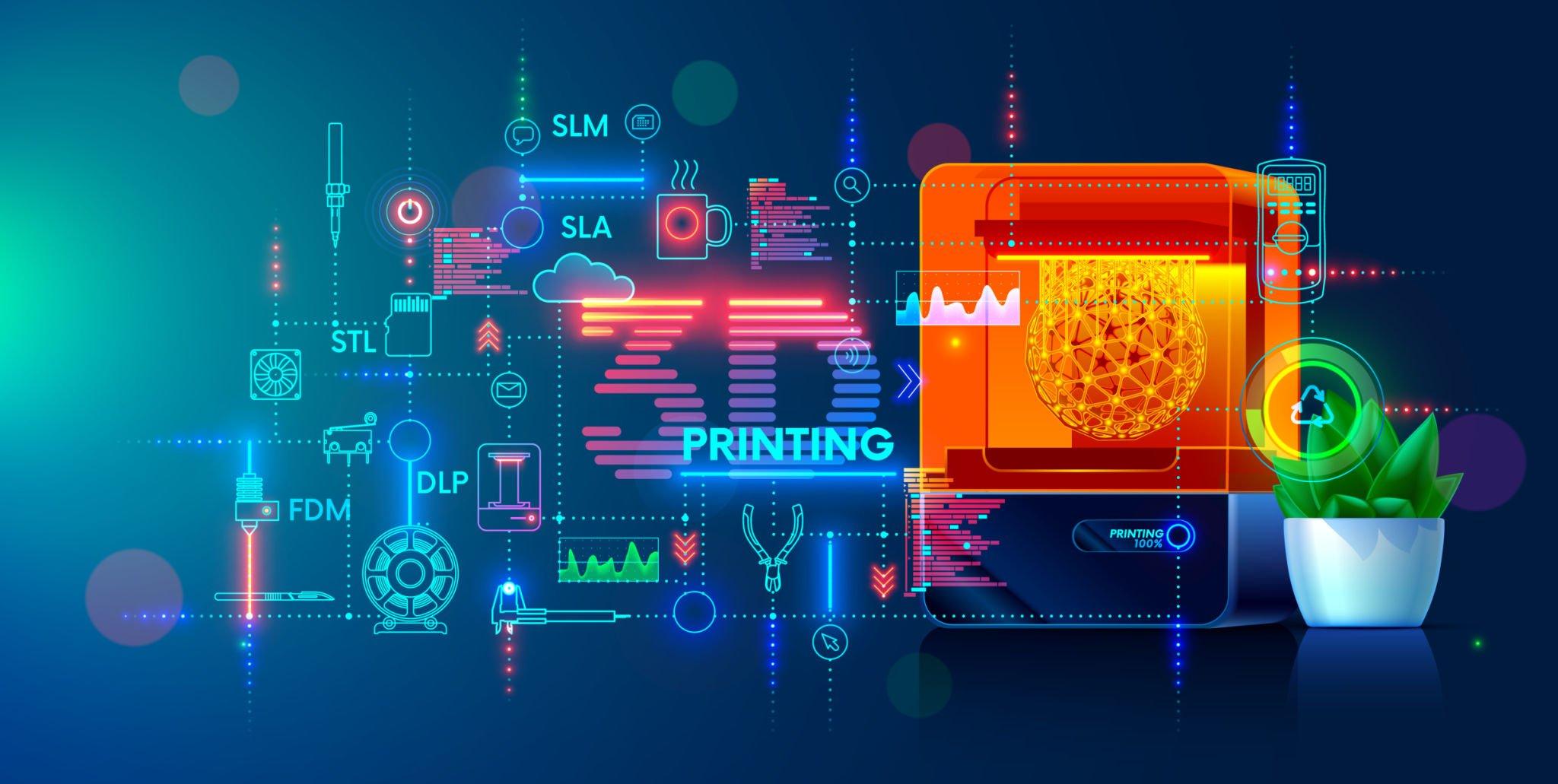
What is FDM Printing?
Fused Deposition Modeling (FDM) is the leading 3D printing technology known for its popularity and versatility. In FDM printing, materials are extruded through a nozzle and fused together to construct three-dimensional objects.
What sets FDM apart from other material extrusion methods is its use of thermoplastics as feedstock materials, typically in filament or pellet forms. A typical FDM 3D printer operates by pushing a polymer-based filament through a heated nozzle, melting the material and depositing it in successive 2D layers on the build platform. The layers fuse together while still warm, gradually forming a complete three-dimensional part.
FDM is widely regarded as the simplest approach to 3D printing, offering accessibility, reasonable efficiency and immense popularity. FDM printers dominate the market due to their user-friendly nature, surpassing the complexity of resin-based printing while being significantly more affordable than powder-based techniques like Selective Laser Sintering (SLS).
Fused Deposition Modeling (FDM) is the most widely adopted 3D printing technology, offering simplicity, accessibility, and cost-effectiveness compared to other methods. In this article, we will provide a comprehensive explanation of FDM 3D and its working principles.
Understanding FDM Printing
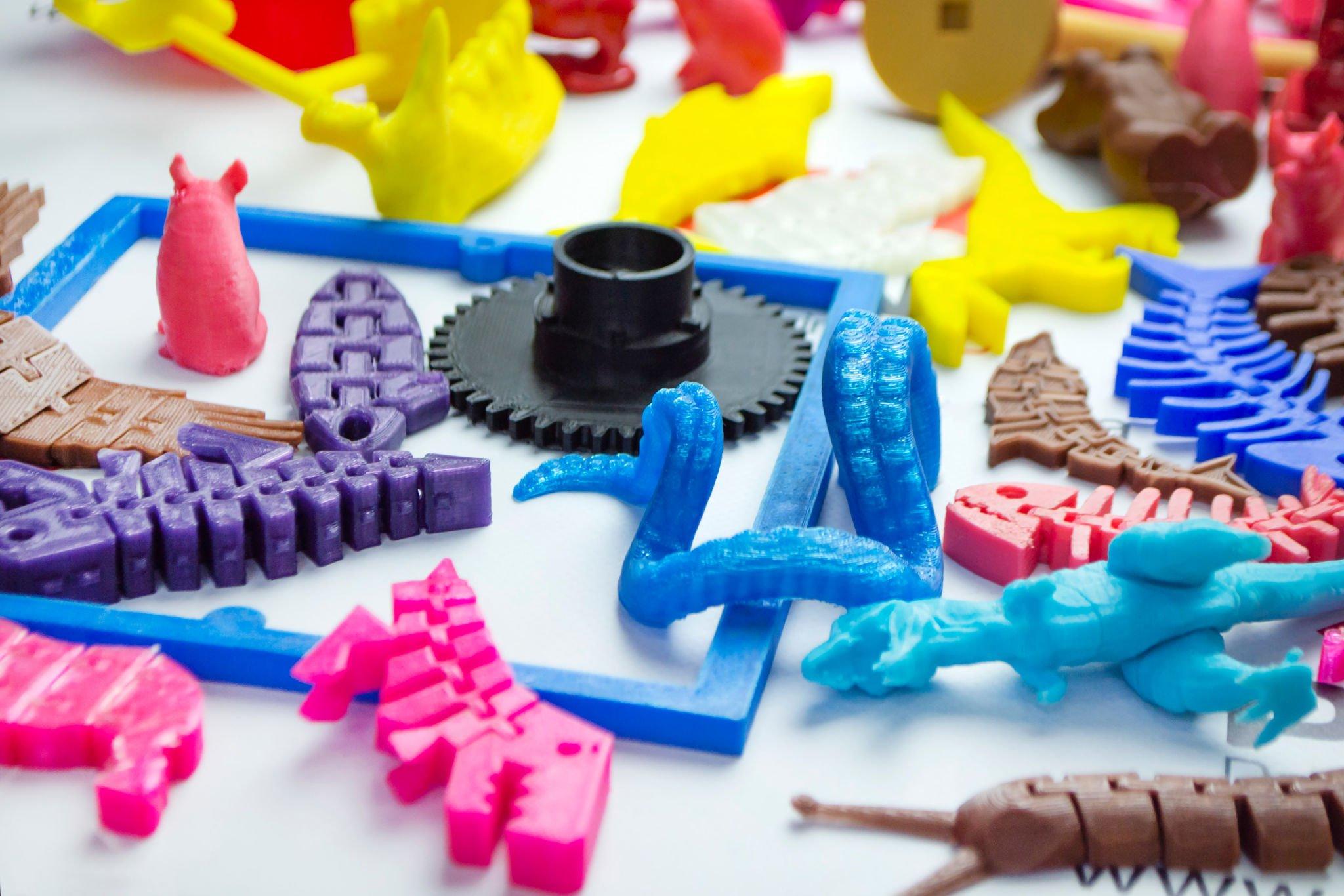
Background
While FDM is highly popular today, it is interesting to note that it wasn’t the first or even the second 3D printing method to be invented. The FDM patent was filed in 1989, three years after Stereolithography (SLA) and one year after Selective Laser Sintering (SLS) were patented. Scott Crump, the inventor of FDM, founded Stratasys, a leading 3D printing company. However, FDM gained popularity among non-commercial users through the RepRap community, referred to as Fused Filament Fabrication (FFF).
How FDM Printing Works
FDM, also known as FFF, involves the extrusion and selective deposition of thermoplastics to build three-dimensional objects layer by layer. The process consists of two primary systems: extrusion and deposition and printhead motion.
System 1: Extrusion & Deposition
The extrusion and deposition system comprises the “cold end” and the “hot end.” The cold end feeds thermoplastic material from spools into the FDM 3D printer and controls the rate of material deposition. The hot end heats the plastic material, allowing it to be extruded through a nozzle. Components such as heating cartridges, heatsinks and nozzles facilitate this process. The cold and hot ends must work together to ensure the right amount of material is extruded at the correct temperature for layer formation.
FDM printers can have different setups for extrusion. Direct extrusion places the cold end next to the hot end, while a Bowden tube connects the cold end to the hot end in another setup. Hot end assemblies can also vary, such as “all-metal hot ends” that allow higher temperatures or PTFE-lined hot ends that have temperature limitations. Multi-extrusion systems enable the use of multiple materials simultaneously. The choice of setup depends on the printer’s intended applications, materials, and desired speeds.
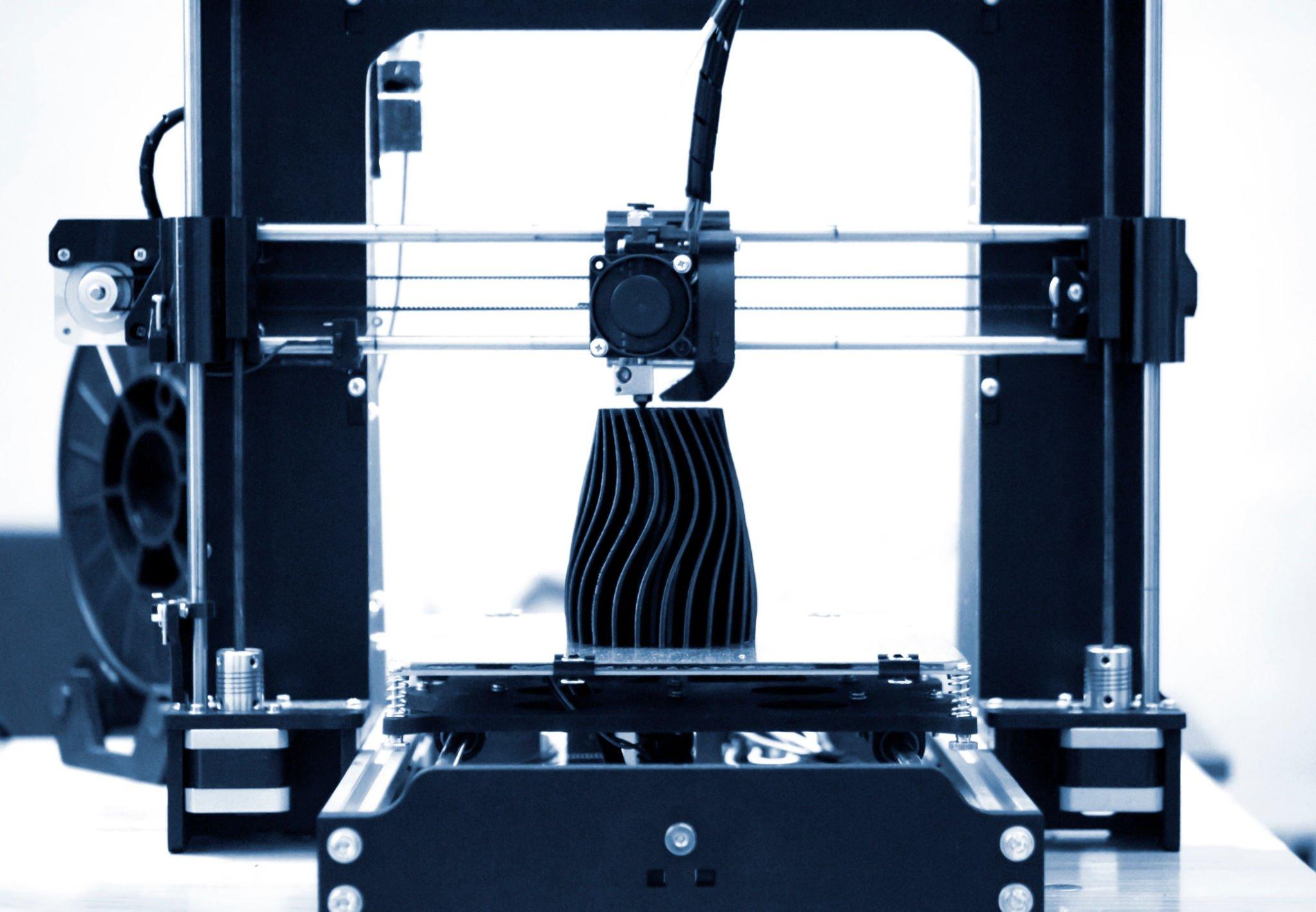
System 2: Printhead Motion
An FDM printer exhibits variability in design, primarily in the frame and motion system. The motion system moves the hot end assembly in three-dimensional space to deposit the melted material accurately. The most common coordinate system for FDM printers is Cartesian, using linear coordinates (X, Y, and Z).
However, a small category of printers uses the polar coordinate system. Cartesian printers can further be categorised based on movement systems, such as Delta and SCARA printers. The majority of FDM printers use Cartesian rectilinear-style machines, which employ stepper motors, leadscrews, belts, and pulleys for movement. Belt 3D printers have emerged as a new type, offering continuous 3D printing.
Cartesian 3D Printer Types
Within the realm of Cartesian machines, there are distinct categories based on their movement systems. Delta 3D printers, for instance, employ vertical rails and three arms attached to the hot end, each arm operating independently while collectively positioning the hot end. SCARA printers, on the other hand, fall under the sub-category of Cartesian machines and utilise horizontally-moving arms for planar movement.
However, you are more likely to come across a Cartesian rectilinear-style machine when encountering a 3D printer. These machines rely on stepper motors to facilitate movement exclusively along the X, Y and Z axes. They employ a combination of screws, belts, and pulleys to drive the motion. Multiple identifiable types fall within this category, with popular examples including the i3-style Cartesian-XZ-head and CoreXY printers.
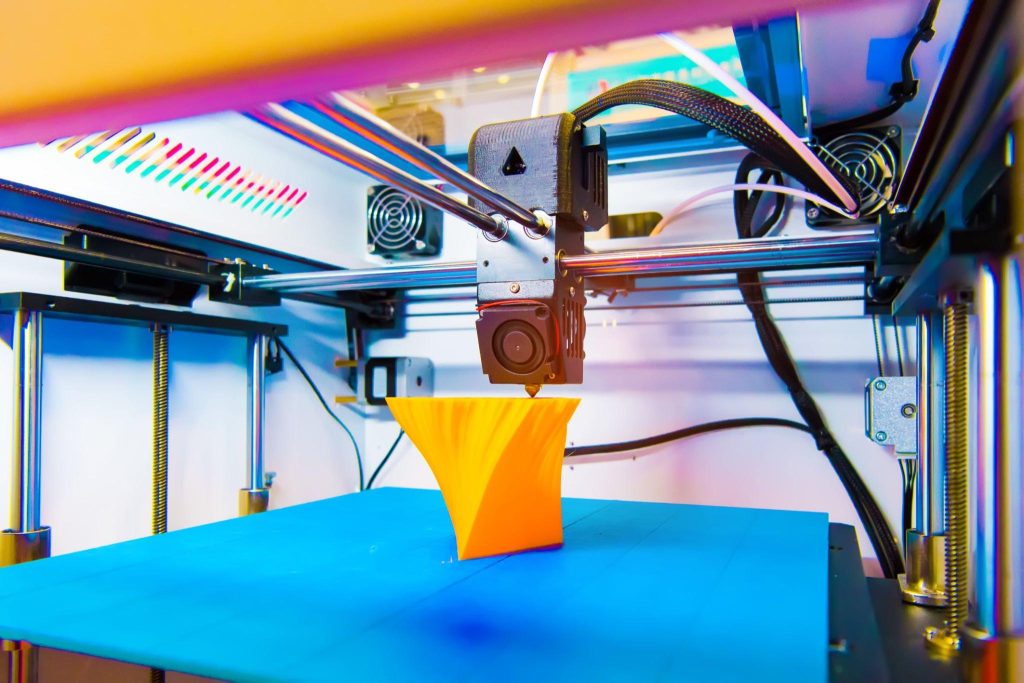
More recently, a novel type of FDM 3D printer has emerged known as belt 3D printers. This innovation allows for continuous 3D printing, resembling a conveyor belt in a production line. It enables the production of unusually long parts or continuous production of multiple components without interruption.
Print Performance
Pros:
FDM 3D printing offers scalability, allowing printers to be easily scaled to any size. The cost-to-size ratio is advantageous due to low part costs and simple designs. FDM filaments are the most affordable 3D printing materials and a wide variety of thermoplastic materials can be printed on FDM printers with minimal upgrades. FDM printing requires no additional cleaning or curing steps after printing, providing a convenient experience.
Cons:
FDM printers often require more tweaking and maintenance compared to other printing methods due to their simplicity and component costs. Regular calibration, maintenance of various printer components and the quality of feedstock materials can affect the reliability and print quality. Achieving detailed prints and smooth surface finishes may be challenging with FDM due to layering limitations, making post-processing necessary. The bonding strength between layers in FDM prints is relatively weaker compared to other methods.
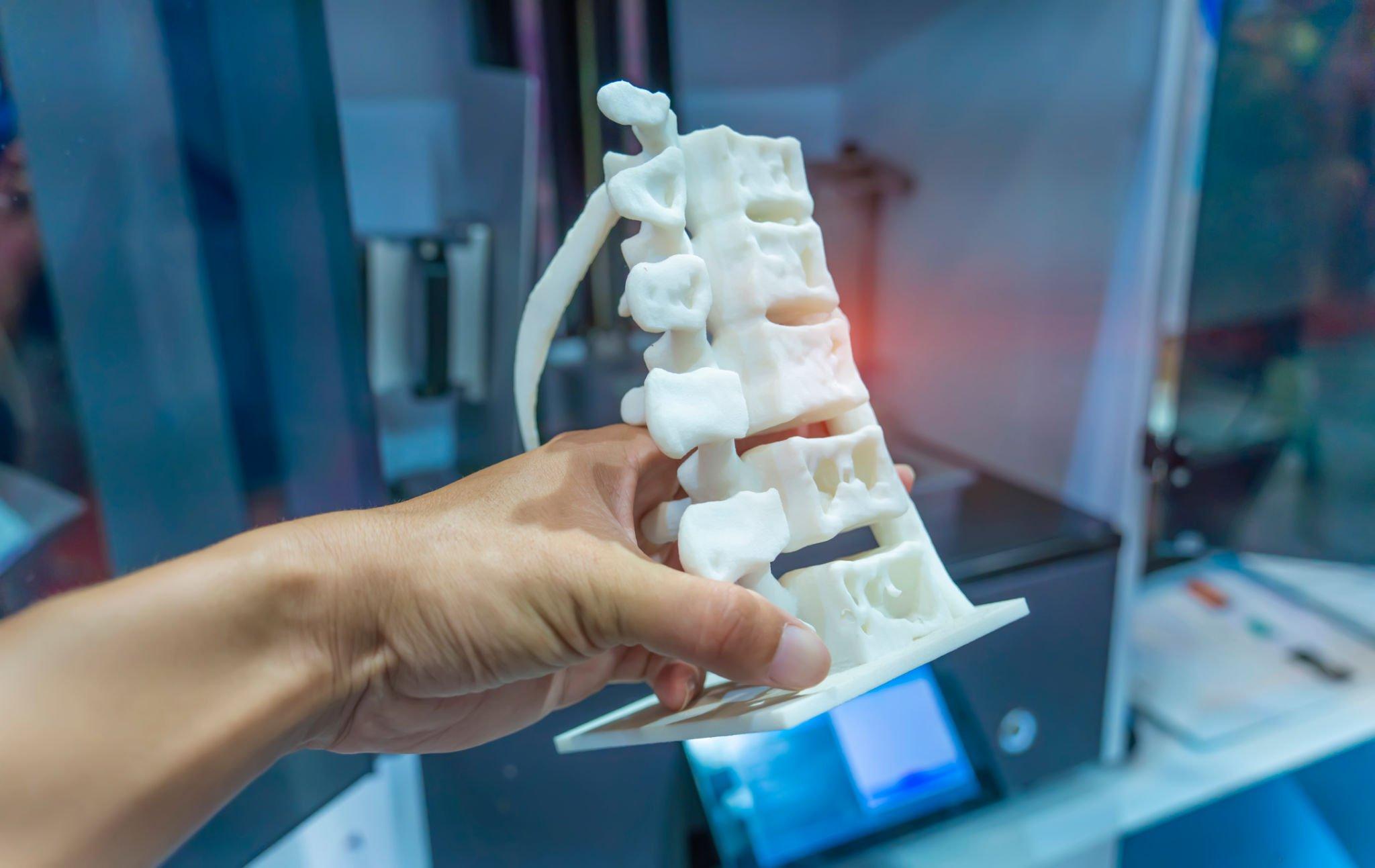
Print Quality
Pros
FDM excels in producing strong and durable functional parts, offering mechanical performance advantages over fragile resin prints. FDM’s versatility allows for sacrificing print quality for speed and sturdiness, making it suitable for aesthetic and functional parts. With proper calibration and settings adjustments, FDM printers can achieve impressive print quality considering their cost and materials.
Cons
FDM may face challenges in achieving high aesthetics and surface finish quality. Fine details may be difficult to reproduce due to the standard nozzle size, limiting precision compared to resin and SLS printing. The layer-by-layer nature of FDM creates potential weak points in prints, affecting overall bonding strength.

FDM vs PLA
FDM (Fused Deposition Modeling) and PLA (Polylactic Acid) are two distinct but interconnected concepts in the realm of 3D printing. Let’s clarify their relationship and how they differ:
FDM
FDM is a 3D printing technology that utilises the process of extruding thermoplastic materials layer by layer to create three-dimensional objects. It is a generic term for the method itself and encompasses various types of printers, including those that work with PLA filament.
PLA
PLA, on the other hand, is a specific type of thermoplastic filament used in FDM 3D printing. It stands for Polylactic Acid and is derived from renewable resources like cornstarch or sugarcane. PLA is a popular choice among 3D printing enthusiasts due to its user-friendly characteristics and eco-friendliness.

Differences between FDM and PLA
1. FDM is the technology
FDM is the overarching term for the 3D printing method that involves extruding materials layer by layer. It encompasses various types of printers, including those that use PLA filament.
2. PLA is a filament material
PLA is a specific type of filament used in FDM printers. It is known for its biodegradability, low odour during printing, and ease of use. PLA is available in a wide range of colours and is suitable for printing various objects, including prototypes, toys and decorative items.
3. Other filament options
While PLA is a popular choice, FDM printers can work with various other thermoplastic filaments such as ABS, PETG, TPU and more. Each filament material has its own set of properties, strengths and applications, catering to different requirements.
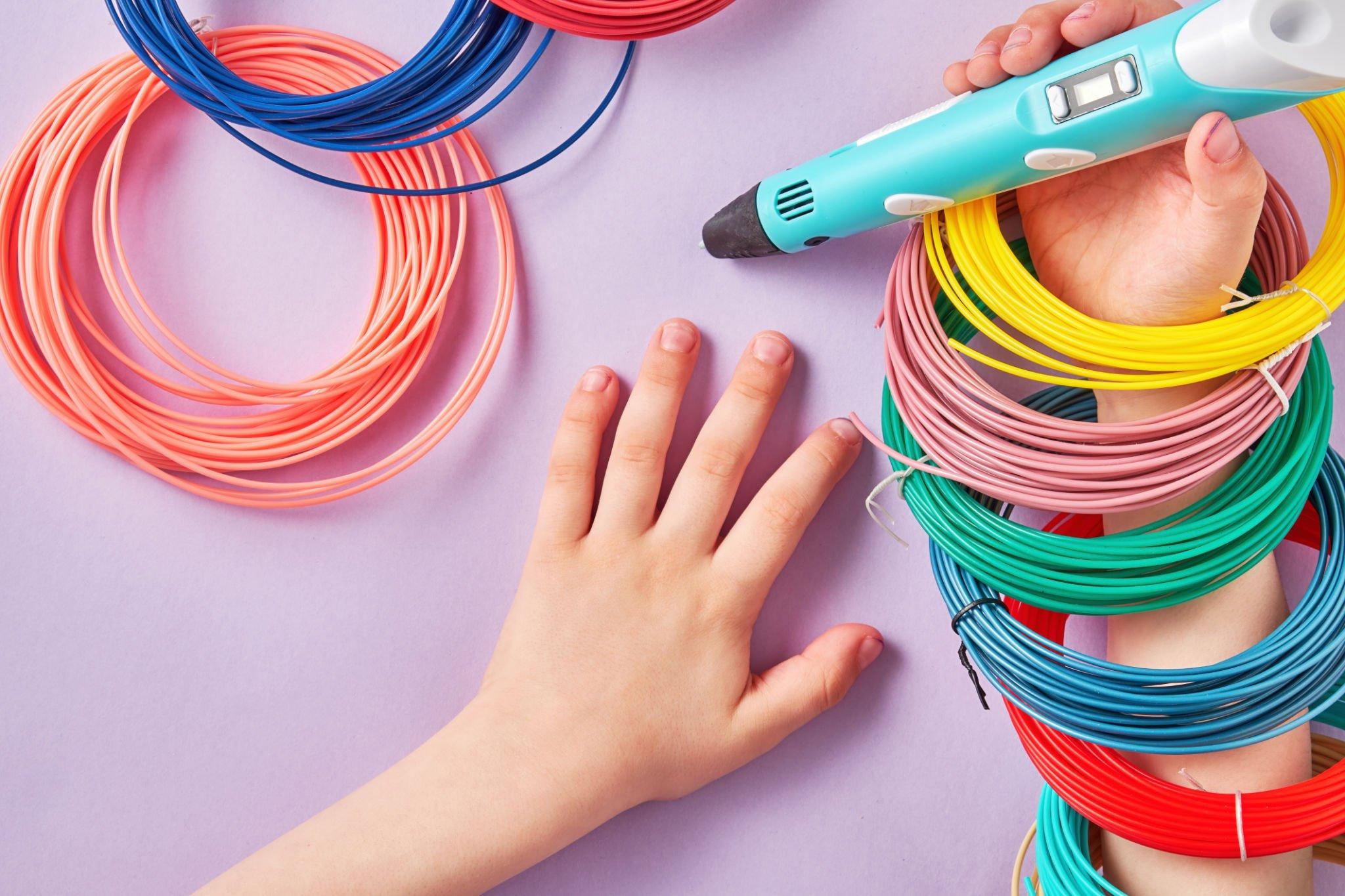
4. Material properties
PLA is known for being relatively easy to print, requiring lower extrusion temperatures compared to some other filaments. It has good dimensional accuracy, minimal warping, and produces objects with a smooth surface finish. However, PLA may not be suitable for high-temperature applications or objects that require exceptional mechanical strength.
In summary, FDM is the technology used in 3D printing, and PLA is a specific filament material commonly used in FDM printers. FDM printers can work with various other filaments, but PLA is favoured for its user-friendly nature, eco-friendliness and versatility in printing a wide range of objects.
FDM vs SLS
SLS (Selective Laser Sintering) and FDM (Fused Deposition Modeling) are two distinct 3D printing technologies with notable differences. Let’s explore how they differ:
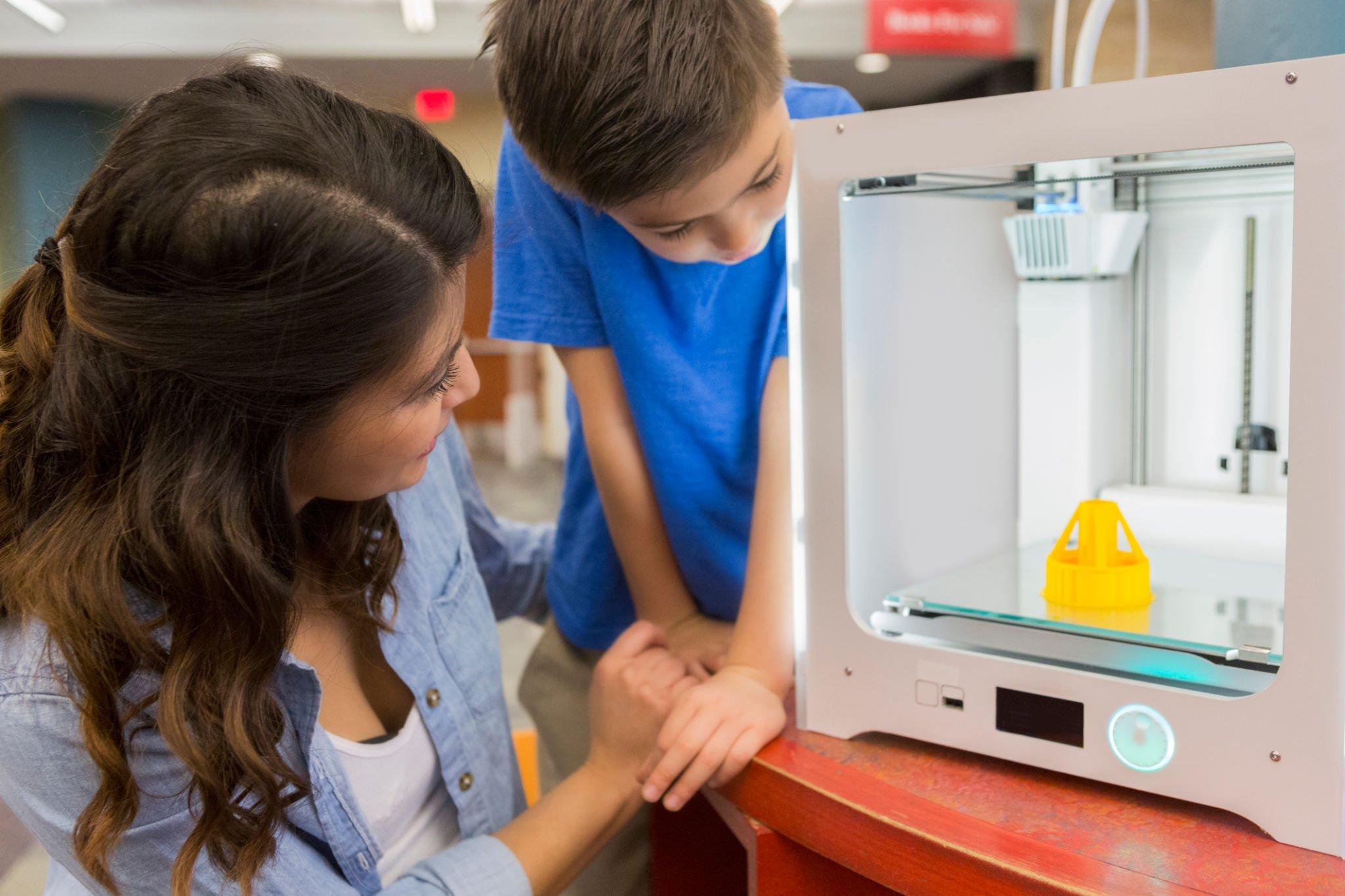
Printing Process
SLS: SLS uses a high-powered laser to selectively fuse powdered materials, typically polymers, layer by layer. The laser selectively sinters the powdered material, binding it together to form the desired object.
FDM: FDM involves extruding molten thermoplastic filaments layer by layer through a heated nozzle. The material is deposited onto a build platform or previously printed layers, solidifying to create the object.
Material Compatibility
SLS: SLS is compatible with a broader range of materials, including various polymers like nylon, polypropylene and TPU (thermoplastic polyurethane). It can even work with metal powders, such as aluminium or stainless steel.
FDM: FDM primarily uses thermoplastic filaments, such as PLA (polylactic acid), ABS (acrylonitrile butadiene styrene), PETG (polyethylene terephthalate glycol) and others. The range of materials for FDM is more limited compared to SLS.
Surface Finish and Detail
SLS: SLS produces objects with relatively smooth surface finishes, thanks to the fine powder particles used. It allows for intricate details and complex geometries, making it suitable for functional prototypes and end-use parts.
FDM: FDM can produce satisfactory surface finishes but may exhibit visible layer lines due to the nature of extruding filaments layer by layer. Fine details and intricate designs might be limited compared to SLS.
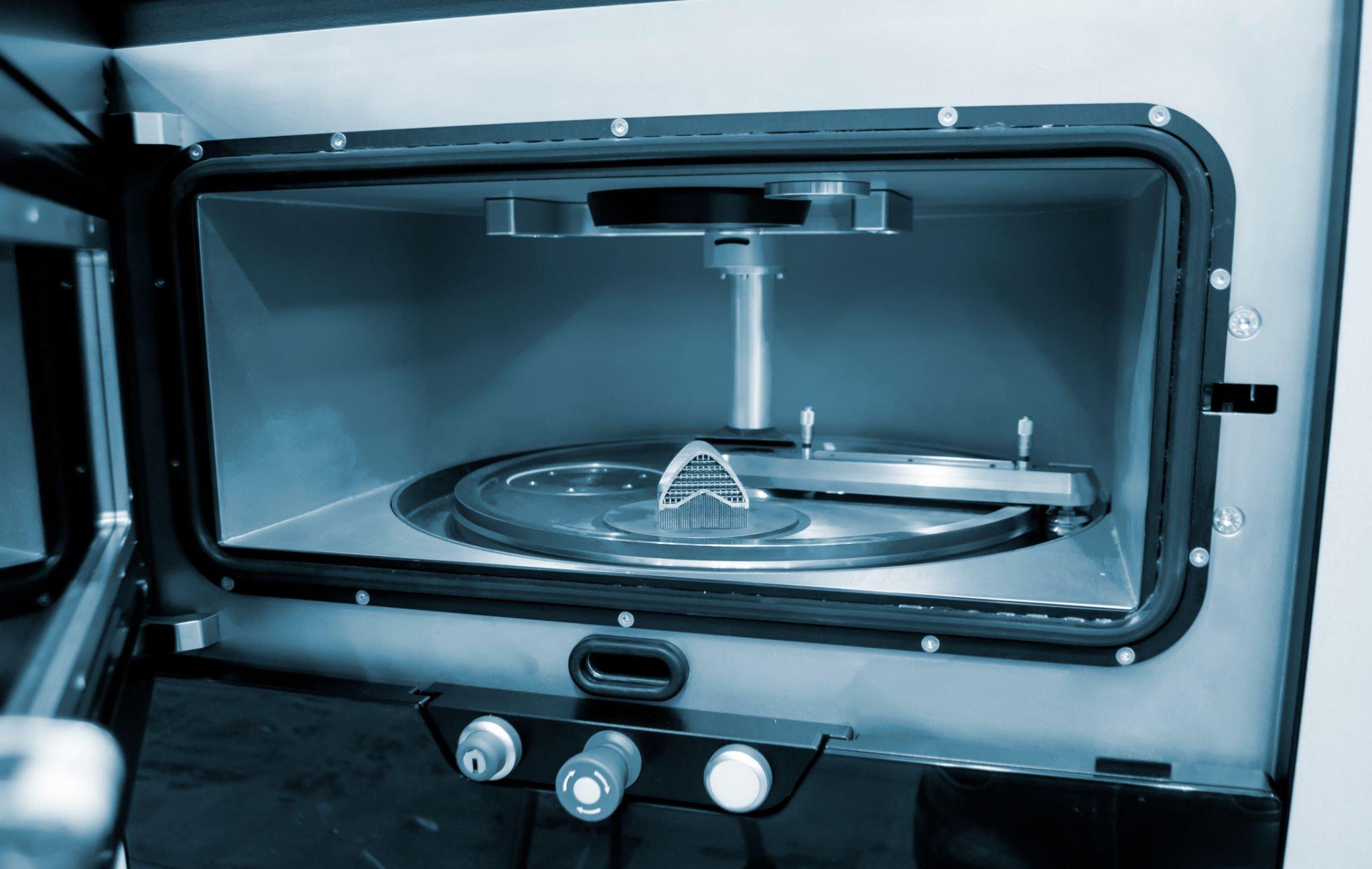
Support Structures and Overhangs
SLS: SLS inherently supports overhangs and complex geometries since the surrounding powder acts as temporary support during printing. This reduces the need for additional support structures, saving time and effort in post-processing.
FDM: FDM typically requires the use of support structures for overhangs and complex geometries. These structures need to be manually added and later removed, which can increase post-processing requirements.
Equipment and Cost
SLS: SLS printers are generally more expensive and complex compared to FDM printers. They require specialised equipment, such as lasers and powder handling systems, increasing the overall cost of implementation.
FDM: FDM printers are more affordable and widely available. They are relatively easier to operate and require less initial investment.
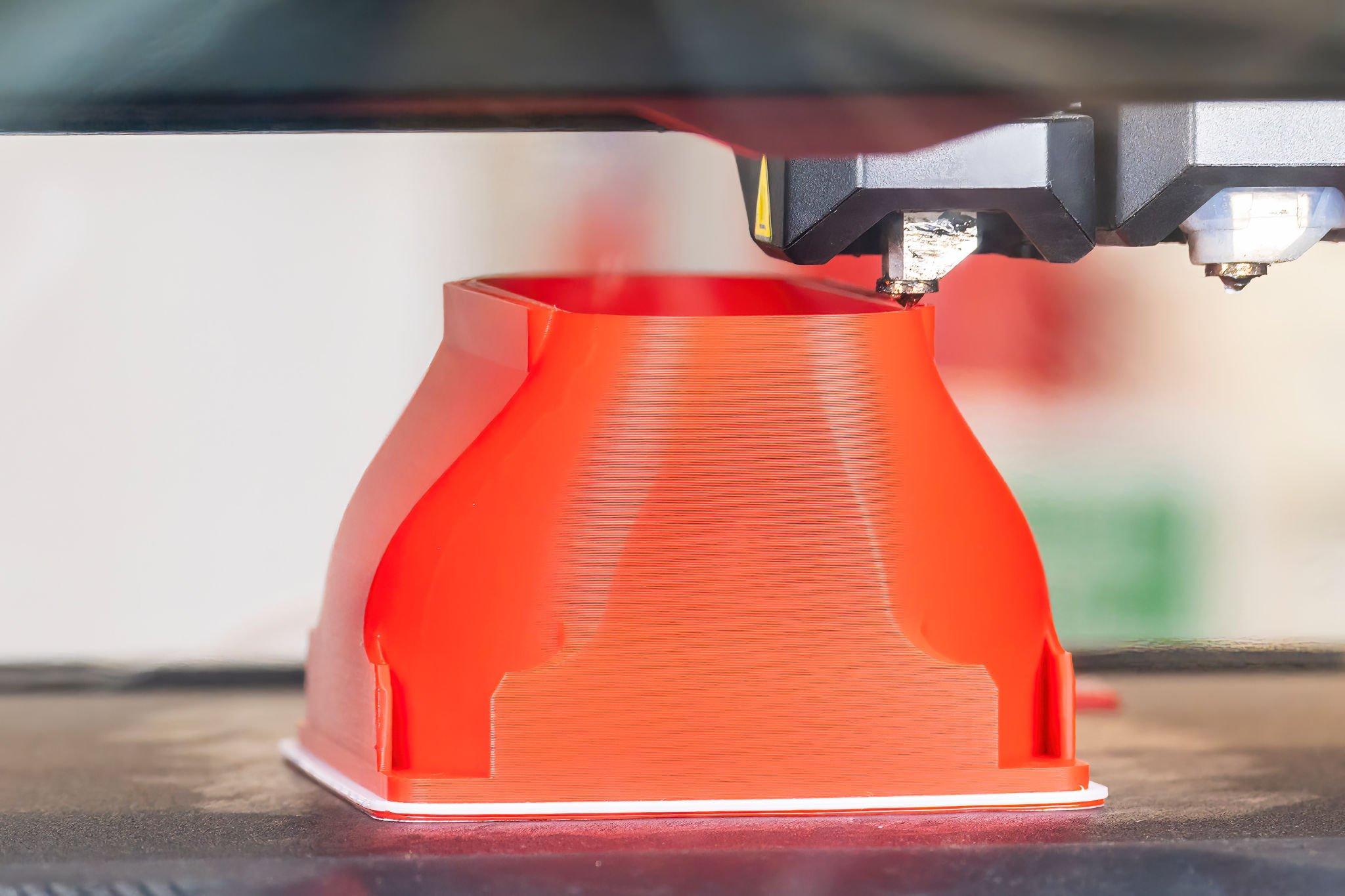
Applications
SLS: SLS is often preferred for functional prototypes, end-use parts, and small-scale production of complex geometries. It finds applications in aerospace, automotive, medical and engineering industries.
FDM: FDM is popular for rapid prototyping, concept modelling, educational purposes, and hobbyist applications. It is widely used in various industries, including consumer products, architecture and art.
Both SLS and FDM have their strengths and applications, with SLS excelling in complex geometries and material variety, while FDM offers affordability, accessibility, and ease of use. The choice between the two depends on specific project requirements, budget, and desired outcomes.
Conclusion
Fused Deposition Modeling (FDM) 3D printing has emerged as the most popular 3D printing technology, thanks to its accessibility, cost-effectiveness and material versatility. While FDM printers require maintenance and may have limitations in achieving high aesthetics, they offer scalability, affordability and the ability to produce strong and functional parts. FDM remains a valuable tool for both makers and hobbyists in the world of 3D printing.




